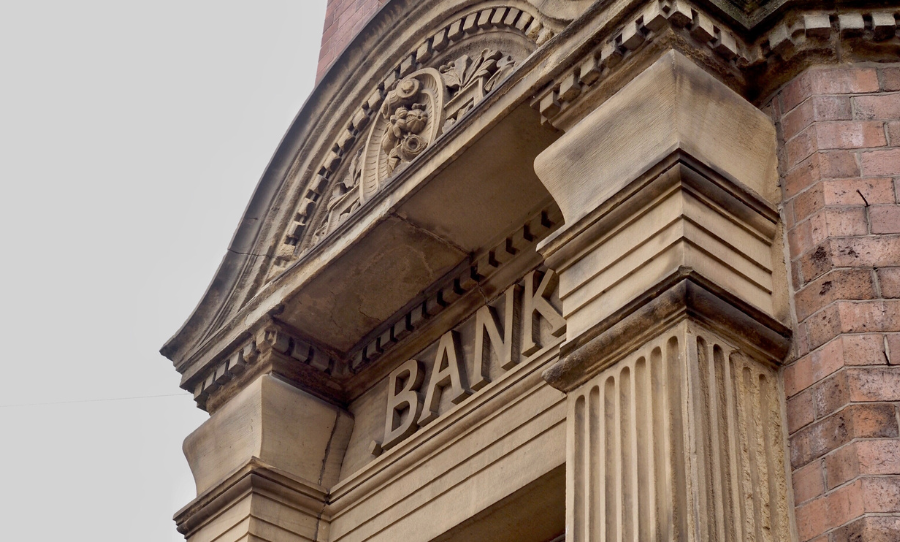Commercial real estate professionals are still sorting out the long-term impact of the quick-hitting banking crisis, with fears ranging from tighter borrowing guidelines causing construction slowdowns to liquidity issues to lower property valuations which will negatively impact municipality revenues.
According to Bill Libercci, NorthMarq Capital’s Senior Vice President, fast-rising interest rates through the second half of 2022 and into 2023 caused significant disruption in the CRE Capital Markets. The ensuing higher cost of capital caused much of the investment sales activity to come to a virtual standstill as buyers needed to reprice offers.
 “The disconnect between buyers and sellers continues but we see activity picking up as both sides start to reset expectations entering Q2,” Libercci said.
“The disconnect between buyers and sellers continues but we see activity picking up as both sides start to reset expectations entering Q2,” Libercci said.
“Local and regional banks have pulled back on lending creating opportunities for out-of-market banks and non-bank lenders to provide financing in the Baltimore and Washington, D.C. markets,” he added.
Macroeconomic conditions and elevated interest rates will likely trigger a recession in the CRE markets and the overall economy as well, Libercci said. “Experienced CRE investors have been here before and know to keep some powder dry for opportunities that will result from this disruption.”
“The pandemic is the primary reason why we are having this conversation now,” stated Sonny Kalsi, BentallGreenOak’s Co-CEO, during a recent webinar sponsored by Commercial Observer. “It was an event that initially turned the economy upside down and later encouraged the Federal Reserve to lower interest rates and keep them lower for a longer period of time. This may not have happened if large sums of money were not pumped into our financial system, or if the Fed didn’t act to raise interest rates sooner. The pandemic also caused a dramatic slowdown in office demand due to remote and hybrid work models.”
Prospects for loan forbearance
Larry Koch, Principal of PhilBridge Commercial Finance, added that the imminent threat to commercial real estate owners is their maturing loans that will require refinancing. “Notwithstanding the pullback by some local banks, there is reason to be encouraged by the attitude of the overall lending community. Lenders, both short-term (banks) and long-term (life insurance companies), have experienced market disruptions before. An experienced commercial real estate borrower with an established bank or life company relationship will likely find a compromise solution that will provide additional time until the financing marketplace restores normality.
“Both banks and life insurance companies have the ability to grant forbearance on a loan that can reduce or stop payments for a period of time until the financing market corrects itself and a refinance makes economic sense. The amount of the reduced or deferred payments can be added to the loan balance at the time of the future refinance. A life company lender might restructure a 10-year, fixed interest rate to a series of lower two- or three-year interest rates that will reduce the monthly payment and give needed relief to the borrower.”
Lower property valuations, less tax revenues
Scott Rechler, Chairman and CEO of RXR is worried because of the nearly $1.5 trillion worth of loans that will start maturing over the next 18 months, at “close to a zero percent interest rate,” with refinancing occurring at “present-day rates.” He commented during the webinar that the situation we are now facing “aligns more closely with the economic downturn faced in the late 1980s and early 1990s, rather than 2008.”
“When commercial office building valuations fall, that translates to less tax revenue for local municipalities, so services may be strained,” he said. Real estate taxes can account for approximately 70% of all municipal revenues so “many leaders don’t realize the challenges we are about to encounter.”